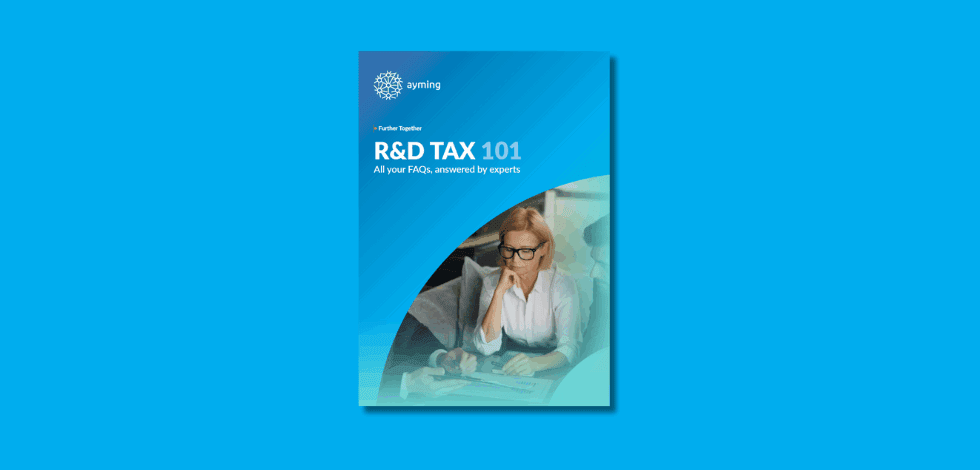Many technology companies are struggling to comply with the drastic changes to digital services VAT introduced in 2015. Find out what you can do to stay compliant.
In today’s fast-paced world, which has been accelerated by the rapid development of new technologies and the advent of the digital era, change is plentiful.
New products and services are released, only to be quickly replaced with the next update or the newest model, before the dust has even started to settle on the previous versions.
This rapid change is evident across the vast majority of industries, including the technology sector, where the pace of technological change is probably more accelerated and advanced than most.
VAT is sometimes referred to as ‘the simple tax’, but it’s far from the simplicity of standard rate VAT of 20% input and output tax. The complexities surrounding international trade, imports and exports, place of supply and tax points all mean software companies need to analyse their transactions in greater detail than ever before.
So, what’s changed?
The rules relate to the sale of all digital services, broadcasting, telecommunications and e-services, from businesses to consumers (private individuals and non-business entities, such as public authorities).
However, while the rules may have been introduced more than two years ago, many technology companies are still struggling to comply with them, especially new companies who may not realise that the legislation has even been changed in the first place.
Failure to comply with the new rules comes at a hefty price, with companies being fined at least 30% of the VAT that’s due on top of the VAT that they already owe.
What does it mean for tech & software companies?
Getting things right first time around by evaluating their VAT compliance more closely has never been so important, if they don’t want to get stung by hefty fines from HMRC, that is.
Whether you’re a web design company or app developer, you need to bear in mind that the place of taxation is now determined by where your customers are located, not where you are located.
For example, if a ringtone or app is downloaded by a consumer in France, then the company behind the technology will be liable to charge French VAT. They’ll also need to register for VAT in France too, which is obviously a whole separate process in itself.
However, the application of the new rules isn’t always as clear-cut as the example we’ve just shared with you, which is why VAT in the technology sector is still very much a grey area that’s causing many people a major headache. For instance, you might be setting up new build systems or storing your servers in Poland, as a result, you’ve created a VAT footprint in Poland, which means you’re now liable to start registering and paying tax in Poland.
The end result: many companies are paying UK VAT when they should be paying VAT to another country, are running the risk of getting fined in the process, and, in some circumstances, are overpaying their UK VAT too (because they should be paying it elsewhere).
What can tech software companies do?
Whether they’ve been established for several years or have just started out, tech companies need to be aware that (a) the ‘new’ digital services VAT rules are fully in place and (b) make sure their methods of reporting take these rules into account.
One of the most efficient and effective ways they can ensure compliance is to give their VAT data a health check at least once a year. Providing their data is complete and that it’s in the right format, most health checks can be carried out in around four to six weeks and involve making sure that the treatment for all cross-border transactions is correct.
The current rules governing the provision of digital services VAT are here to stay for the foreseeable future. Yes, they might be yet another key factor for tech sector companies to have to consider, but they’re a factor that, if followed correctly, can potentially save them money – on their VAT bills and in fines – in the process.













No Comments